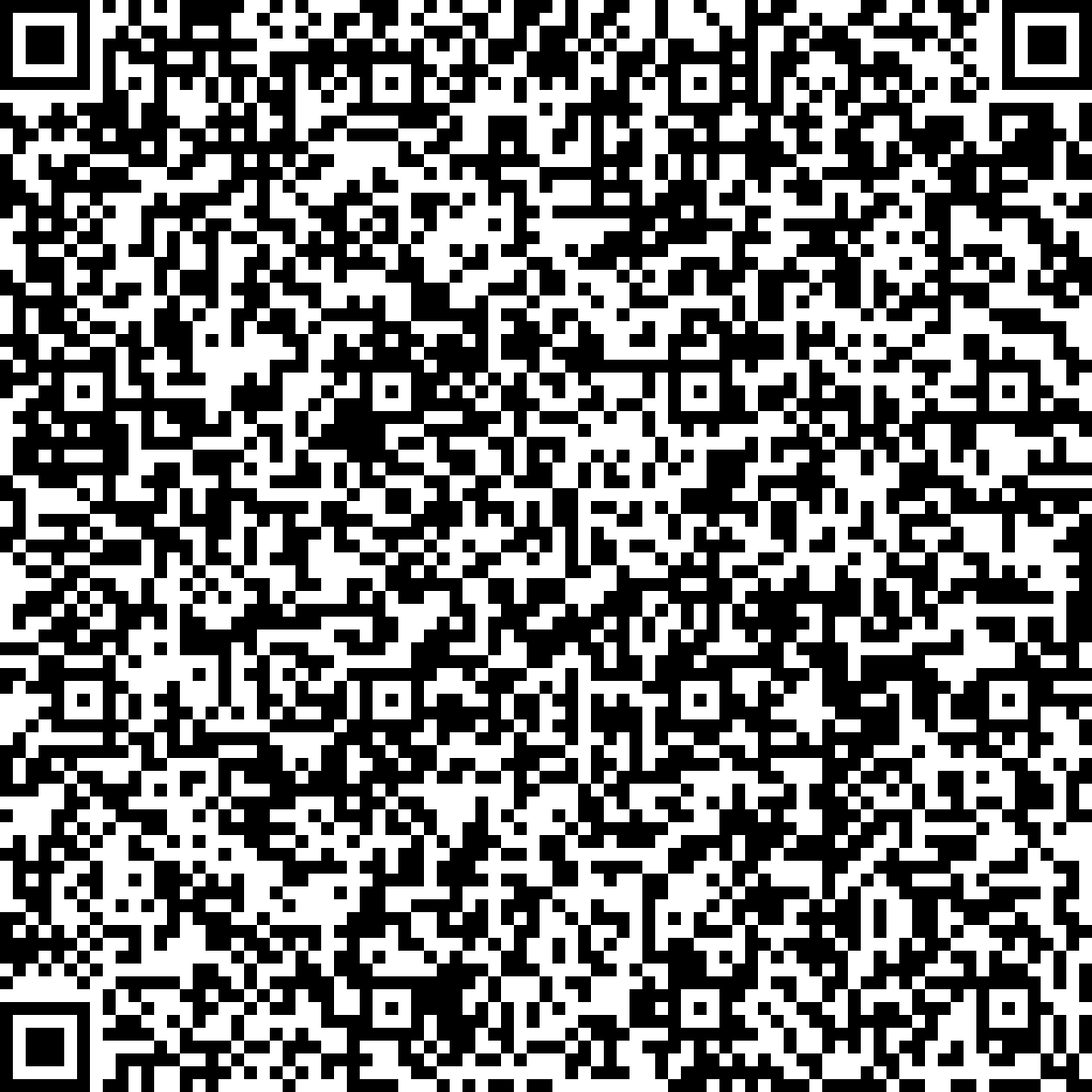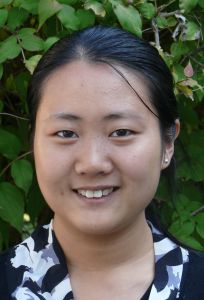


Surfaces with deterministic periodic topographies exhibit enhanced surface properties compared to their flat counterpart. Direct laser interference patterning (DLIP), a cost-effective one-step technique for texturing periodic microstructures with high resolution and throughput on a variety of materials, provides an efficient approach for multifunctional surface modification.
In this method, an interference pattern generated by two or more coherently overlapping laser beams on the sample surface is employed to directly ablate the material at the intensity maxima positions. Due to the interference phenomenon, a large number of periodic microelements can be generated with a single laser pulse, which yields outstanding processing speeds. Depending on the laser processing parameters, such as pulse duration, laser wavelength, polarization, energy density, and interference angle, the DLIP method is capable to fabricate periodic microstructure arrays with controlled topographical parameters (shape, period, and depth). This characteristic has allowed DLIP to process different surfaces for a wide number of application fields such as metallic mold fabrication for nanoimprinting, patterning of superhydrophobic and self-cleaning surfaces, as well as antibacterial surface treatment for medical implants.



Surfaces with deterministic periodic topographies exhibit enhanced surface properties compared to their flat counterpart. Direct laser interference patterning (DLIP), a cost-effective one-step technique for texturing periodic microstructures with high resolution and throughput on a variety of materials, provides an efficient approach for multifunctional surface modification.
In this method, an interference pattern generated by two or more coherently overlapping laser beams on the sample surface is employed to directly ablate the material at the intensity maxima positions. Due to the interference phenomenon, a large number of periodic microelements can be generated with a single laser pulse, which yields outstanding processing speeds. Depending on the laser processing parameters, such as pulse duration, laser wavelength, polarization, energy density, and interference angle, the DLIP method is capable to fabricate periodic microstructure arrays with controlled topographical parameters (shape, period, and depth). This characteristic has allowed DLIP to process different surfaces for a wide number of application fields such as metallic mold fabrication for nanoimprinting, patterning of superhydrophobic and self-cleaning surfaces, as well as antibacterial surface treatment for medical implants.